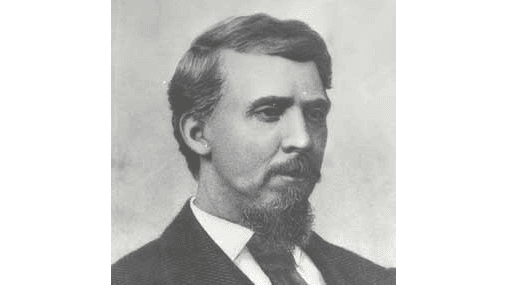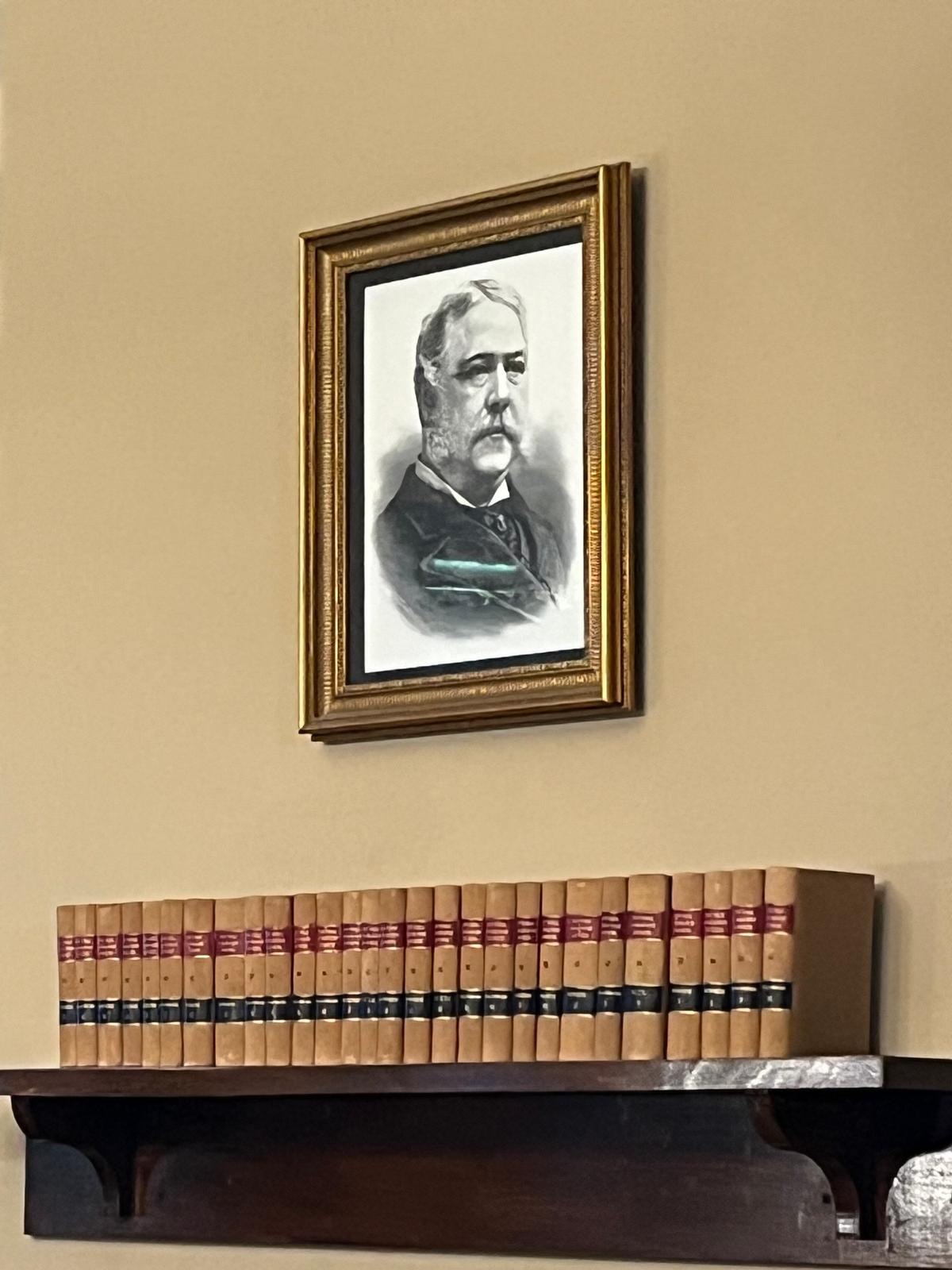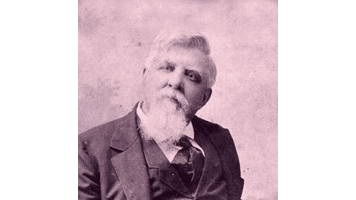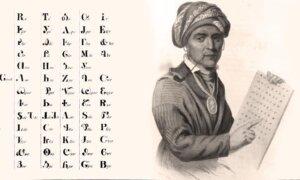One can drive for miles and hours through some midwestern and western states without experiencing much more than vast prairies and plains. A stop at the National Historic Site of Fort Smith, Arkansas, serves as a refreshing and interesting distraction. While returning to North Carolina from Utah in early April, I stopped at the fort. It’s located just over the Oklahoma state line, at the confluence of the Arkansas and Poteau rivers.
First, About Fort Smith
Thanks to a knowledgeable docent and educational signage, I learned that fortifications like Fort Smith were plentiful in 18th- and 19th-century America for a number of reasons: Conflicts existed among Native Americans and settlers, a war broke out between the United States and Mexico, a gold rush drew hordes of people, and the Civil War divided states. Thus, forts necessitated the housing of troops, gathering of provisions, and storing of ammunition.While some areas in the West became infamous for their raucous criminals and ne’er-do-wells, most notably Dodge City, Kansas; Tombstone, Arizona; and Deadwood South Dakota, few consider Fort Smith, Arkansas, a South Central state, as once having a lawless reputation. The fort’s main brick building houses a jail on the lower floor and courtroom above it, but in the 1800s judges “of the Western District of Arkansas openly engaged in schemes to earn themselves profits from the business of the federal court,” according to the National Park Service (NPS). Crime and corruption ensued, even as dozens of federal marshals were deployed between 1850s–70s, due to gunfights, murders, rapes, train robberies, horse thievery, and more. While the marshals may have rounded up the perpetrators, judges and authorities were bought off and jailbreaks were common.

Unpunished No More
All that changed when Ohio-native Issac Parker was asked by President Ulysses S. Grant in 1875 to instill law and order to Fort Smith.Parker, born in 1838, passed his bar exam at age 21, practiced law in Missouri, became a judge, and was then elected to Congress. His reputation as a stalwart upholder of the law caught the attention of the 18th U.S. President, who also knew of the tenuous situation at Fort Smith. On March 18, 1875, the President nominated Parker as a judge for the Western District of Arkansas; by May 4, he was ensconced in the still-today apportioned courtroom at Fort Smith, and on May 10 presided over his first court there. It was the beginning of the end of outlandish violence in Fort Smith.
NPS shares: “In the first term of court, eight men were found guilty of murder with a mandatory death sentence according to federal law. On September 3, 1875, six men were executed on the Fort Smith gallows. This indicated that the once corrupt court was functioning once again.”
Those judgements in 1875 were the first of thousands during his 21-year term in Fort Smith. In fact, the NPS notes that “Judge Parker presided over one of the largest, deadliest, and busiest federal court districts. He heard over 13,000 cases—344 were for capital crimes.”

Judge Parker’s Personal Character
Visitors can see Judge Parker’s court, which includes the chair he occupied, his law books, and a portrait of Chester Arthur, who was president from 1881 to 1885. Additionally, the courtroom includes black and white photographs of full courtrooms and documents attesting to his high moral character. For example, the Sebastian County Bar in Fort Smith noted that Judge Parker was “an ideal American citizen” and further stated, “No man had a higher sense of obligation to official duty; no man among us contributed more to the moral, social, and intellectual development of society.”
Visitors to the Historic Site can see the judge’s hand-carved and leather-tufted chair and his gavel, but perhaps more importantly, they can gain insight into the lesser-known historic figure who didn’t just virtuously uphold the law of the land. He also supported women’s suffrage, prisoner rehabilitation, and Native American rights. He also served on school and hospital boards.
Judge Parker appreciated the role citizens played in bringing about justice. A letter to a juror’s young son is on display in the preserved courtroom. In it, Judge Parker “demonstrated his belief that the foundations of the court system relied on the contributions and sacrifices of individual citizens,” noted NPS.
The letter reads: “My dear Master Langston: I have received your very nice note asking me to let your papa come home. I will be pleased to do so as soon as we can spare him. You know your father is a good man, and we need good men to make up the juries which are to try cases where men are charged with great crimes such as murder, which men commit when they kill others. I hope I may live long to see you become a useful man like your father.”

Judge Parker continued to preside over cases until just a few months before his death of Bright’s Disease at just 58 years old. On the day of his death, Nov. 17, 1896, a Fort Smith News-Record headlined proclaimed “The Nation’s Distinguished Jurist and Fort Smith’s Beloved Citizen is no More.”






